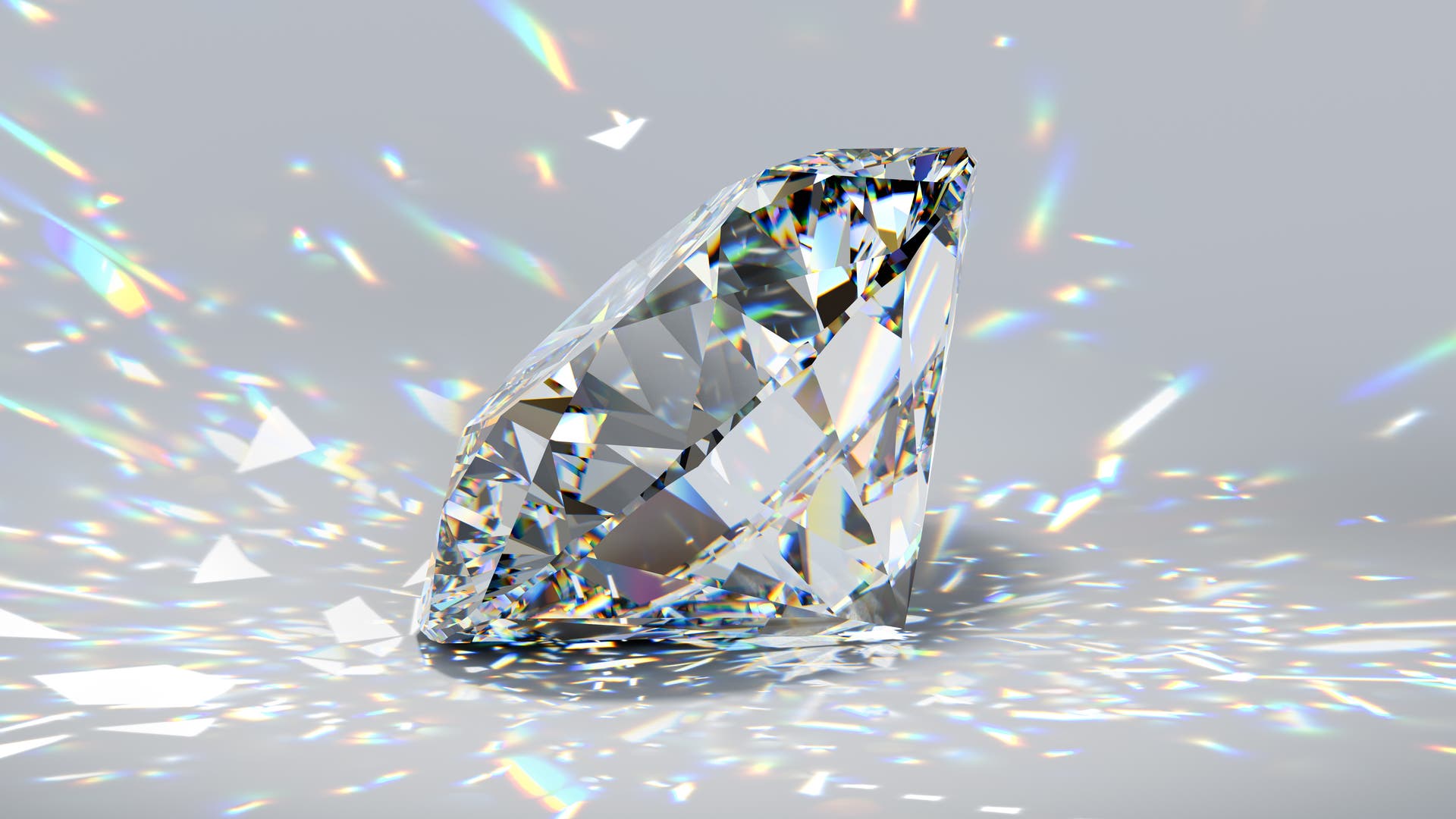Dwarf galaxies are a treasure trove of black holes

Illustration of a black hole
Source: Getty Images / Science Photo Library RF
Is there a black hole or not? In the case of dwarf galaxies, researchers often had to leave this question unanswered because detection methods were not good enough. Scientists have now solved the mystery in a new way and discovered amazing things.
sMuch more dwarf galaxies than previously thought have a supermassive black hole at their center. This demonstrates a systematic examination of galaxy data using an improved method. Previous methods have missed black holes in many small star systems, A team of American and British researchers reports in the Astrophysical Journal. Black holes in dwarf galaxies are said to be the building blocks from which supermassive black holes such as those at the center of our Milky Way are formed by merging.
Large galaxies like our own Milky Way are formed by the merging of smaller star systems throughout cosmic history, according to a theory widely accepted by astronomers. An example is the Magellanic Clouds in the southern sky, companions of the Milky Way, which will merge with it and make it grow more in the distant future. The assumption is that black holes, which are located in almost all centers of galaxies, will also merge and continue to grow.
In fact, many dwarf galaxies contain black holes thousands of times the mass of the Sun, of which black holes millions or even billions of times the mass of the Sun can form through fusion. However, it wasn’t previously clear if there were enough of these building blocks for supermassive black holes. Because it is difficult for sky researchers to distinguish between a black hole and the formation of many new stars on the basis of radiation received from the central region of a dwarf galaxy.
“Suspicious cases have been screened in previous analyses,” he explains. Sheila Kanaban of the University of North Carolina An unsatisfactory situation, according to the researcher. Together with her team, she has developed a test that can identify black holes independently of the potential formation of new stars. her colleague Chris Richardson from Elon University A new computer simulation was used to show the radiation that would be expected if dwarf galaxies with a high star-formation rate also contained a large black hole.
Equipped with these methods, the scientists once again combed through the data of several vast catalogs of galaxies – and the result was surprising. “This new type of growing black hole has been found in almost all of them dwarf galaxiessays Magda Polymera of the University of North Carolina. “Honestly, when I saw these numbers, I had doubts about our operation at first!”
The number of black holes discovered by the team significantly exceeds all previous estimates – confirming a black hole growth scenario where dwarf galaxies merge into large galaxies. “The black holes we found are the building blocks of supermassive black holes like the one at the center of the Milky Way,” Canaban leaves no doubt. “But there is still a lot to learn about these black holes.”

“Total coffee aficionado. Travel buff. Music ninja. Bacon nerd. Beeraholic.”









More Stories
Raising diamonds made easy – Spectrum Science
Everything related to prevention and treatment
“His presence speaks powerfully.”